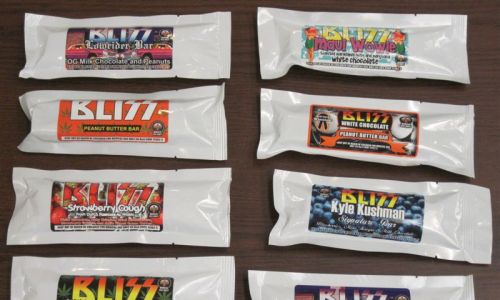Danielle Garrand of CBS reports that parents have been encouraged to check their children’s Halloween candy for years to ensure the tasty treats are safe for kids to eat. This spooky season, Pennsylvania police are urging caregivers to be on the lookout once again — for drug-laced edibles.
 The Johnstown Police Department issued a warning on their Facebook page Thursday morning after authorities said they discovered “Nerds Rope edibles containing 400mg of THC” while fulfilling a search warrant in Stoneycreek Township. The department also recently seized 60 pounds of marijuana from the area, reports CBS Pittsburgh.
The Johnstown Police Department issued a warning on their Facebook page Thursday morning after authorities said they discovered “Nerds Rope edibles containing 400mg of THC” while fulfilling a search warrant in Stoneycreek Township. The department also recently seized 60 pounds of marijuana from the area, reports CBS Pittsburgh.
“During this Halloween, we urge parents to be ever vigilant in checking their children’s candy before allowing them to consume those treats,” wrote the department. “Drug laced edibles are package like regular candy and may be hard to distinguish from the real candy.”
The authorities included photos of the edibles labeled as “Nerds Rope” with warning labels dubbing the items “for medical use only.” The label also urged those who may use the product to “keep out of reach of children and animals.”
The candy manufacturer that produces Nerds, Ferrara Candy Company, issued a statement saying it is “working with the relevant authorities.”



 Department
Department health hazards to users as well. It is the intent of the Sheriffs Department to seek and prosecute similar crimes in the Los Angeles area.
health hazards to users as well. It is the intent of the Sheriffs Department to seek and prosecute similar crimes in the Los Angeles area.